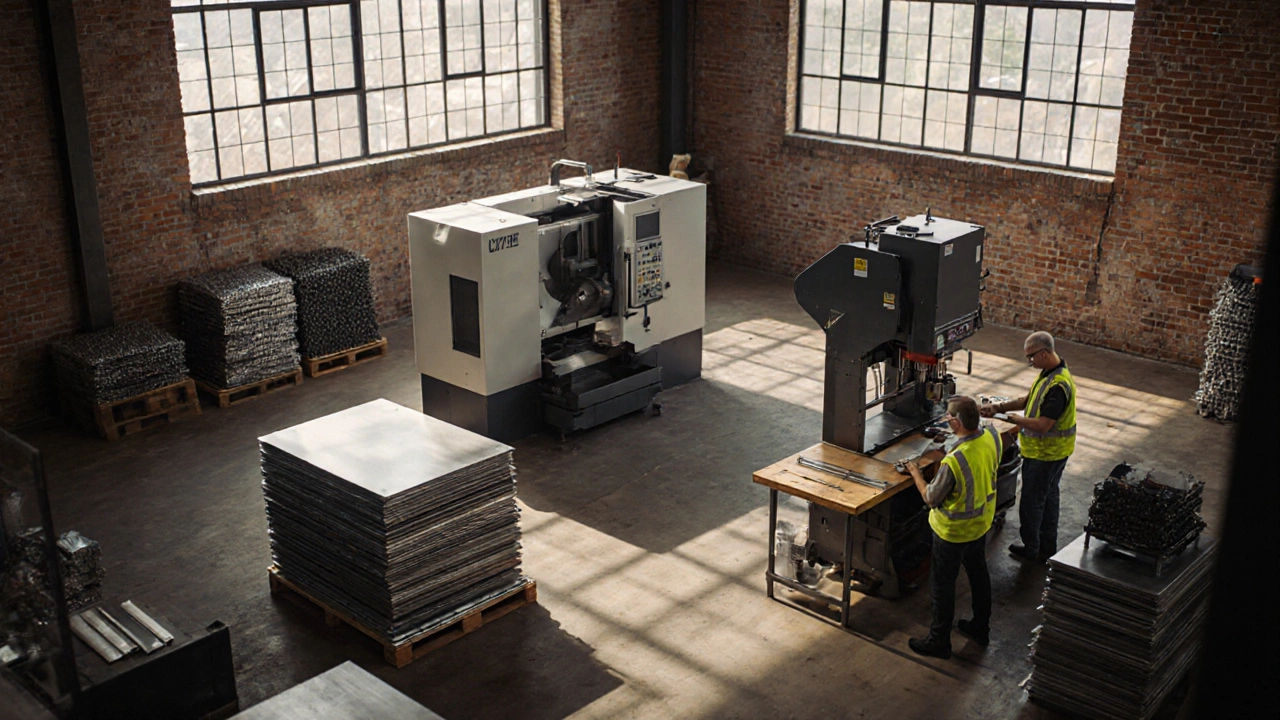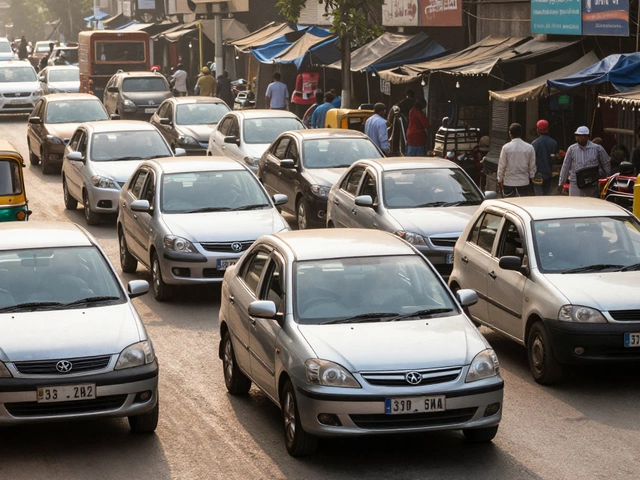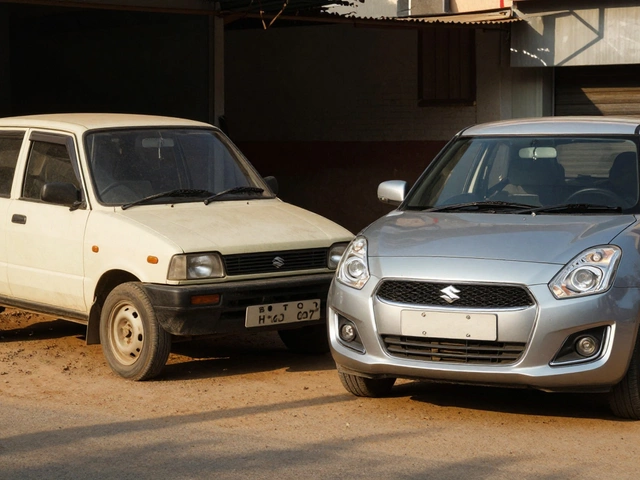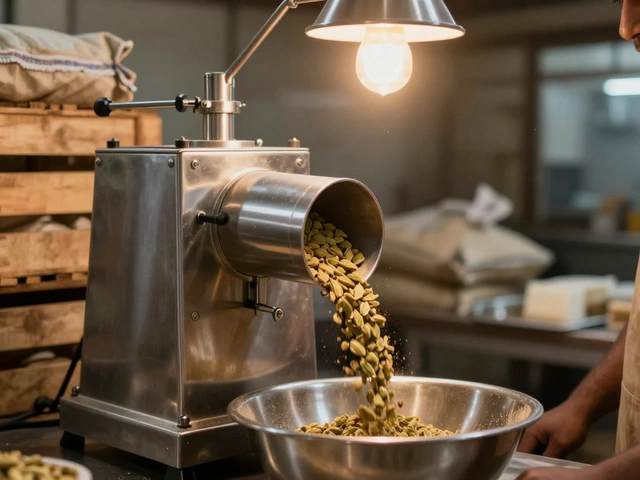Manufacturing Startup Cost: What You Need to Know Before You Build
When planning manufacturing startup cost, the total amount of money required to launch a new production facility, including land, equipment, permits, and working capital. Also known as factory launch budget, it sets the financial foundation for any new manufacturing venture. Knowing this figure up front helps you avoid cash‑flow surprises, secure the right investors, and map out realistic milestones. In today’s Indian market, a clear picture of the startup cost can mean the difference between scaling fast and stalling at the gate.
Key Cost Drivers and How They Connect
One of the first pieces of the puzzle is the small factory cost, a detailed breakdown of expenses for setting up a modest‑size production unit, typically under 5,000 sq ft. This includes land acquisition, basic utilities, and entry‑level machinery. Understanding small factory cost lets you gauge the minimum capital needed before you even think about larger expansion.
Next, consider lean manufacturing waste, the non‑value‑adding activities that drain resources, such as overproduction, excess inventory, and unnecessary motion. Reducing this waste directly trims your operating budget, meaning the overall startup cost can be lower than a naïve estimate suggests. In fact, lean manufacturing waste influences the total cost by cutting ongoing expenses, which feeds back into the initial capital allocation.
Another cornerstone is the 5 M's of manufacturing, the five critical elements—Man, Machine, Material, Method, Measurement—that shape production efficiency. Each "M" comes with its own cost profile: skilled labor (Man) drives salary budgets, high‑tech equipment (Machine) affects depreciation, quality raw material (Material) sets procurement spend, optimized processes (Method) reduce waste, and precise metrics (Measurement) ensure you stay on budget. Mapping the 5 M’s to your financial plan creates a clear link between operational choices and the total startup cost.
Finally, the manufacturing cost comparison, an analysis of how expenses differ across locations, such as India versus China, covering labor rates, energy, logistics, and hidden fees, helps you choose the most cost‑effective site. A favorable cost comparison can lower land and labor components of your startup cost, freeing up cash for technology upgrades or marketing.
All these entities—small factory cost, lean manufacturing waste, the 5 M’s, and cost comparison—interact like a web. The startup cost encompasses each, requires careful budgeting, and is shaped by decisions you make about waste reduction, resource allocation, and location. By keeping these relationships front‑and‑center, you can craft a realistic, flexible budget that accommodates growth.
Armed with this framework, you’ll find the articles below give deep dives into each area: from detailed cost breakdowns to waste‑cutting tactics and location analysis. Use them to flesh out your own financial model and turn the dream of a new manufacturing plant into a concrete, funded reality.
How Much Money to Start a Manufacturing Company? 2025 Cost Breakdown
Learn the real costs to start a manufacturing company in 2025, from equipment and premises to labor and compliance, plus funding tips and a sample budget checklist.
Read More




